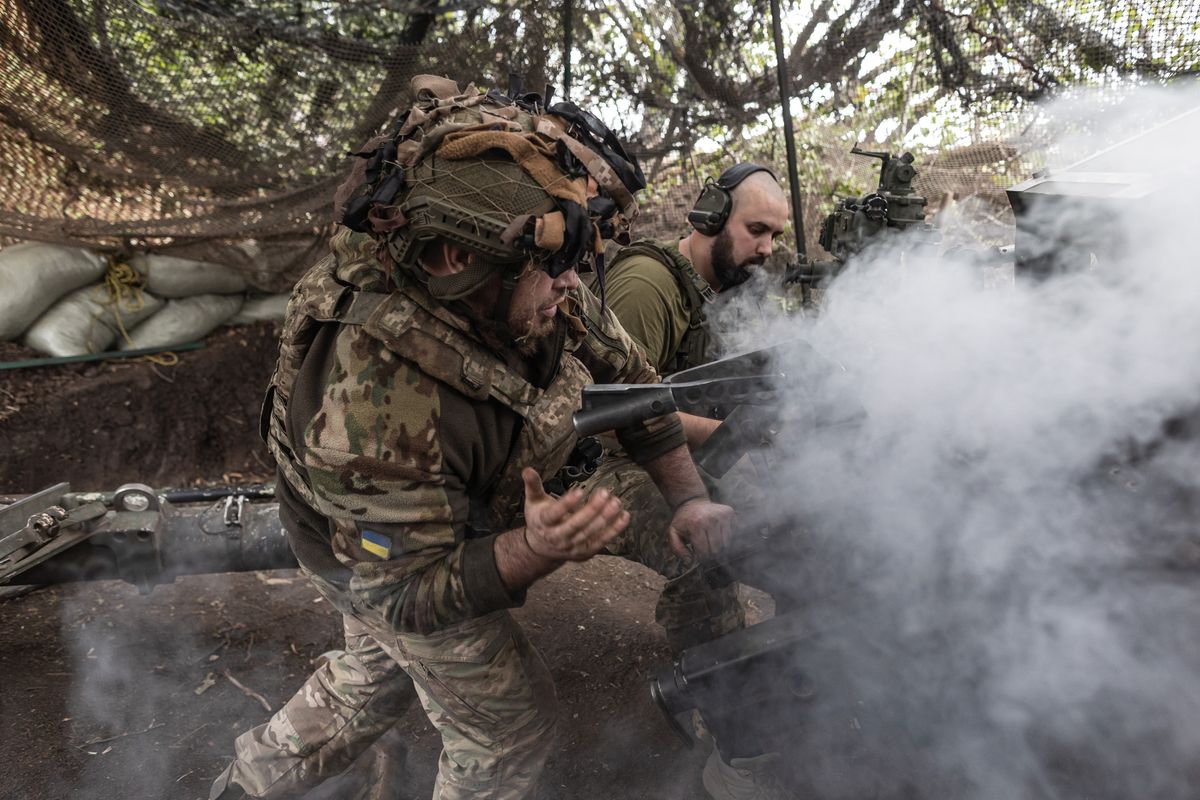Gun technology itself hasn’t changed for the last 100 years, but now we are starting to see a new period of innovation through the integration of more smart technologies into firearms. The major advantage of smart guns is that their use is limited only to the authorized user. Smart technology in guns also offers a variety of additional features, including: shot counting, drop detection, activation and de-activation, writable and readable memory (similar to a black box of an aircraft), various sensors, etc. For example, our iP1 pistol uses an radio-frequency identification (RFID) watch that communicates with the gun to authenticate the user’s identity, and has several different operating modes, as well as the ability to integrate several different modules into the weapon – each of which provides additional functionality in and of themselves. All of these features serve to make guns safer and more useful to their owners.
In late 2015, President Barack Obama laid out an executive action directing the U.S. Departments of Defense, Homeland Security, and Justice to sponsor more research into smart gun technology. This initiative is mainly driven by the mass-shooting incidents that have occurred in the last couple of months in the U.S. We see the President’s initiative as a confirmation of our smart gun’s technology to have a positive effect, and that we are on the right track in developing it, despite all obstacles which we are still facing in making it available. We welcome the President’s plan to develop new safety technologies — but we would argue that the technology already exists, at least in our products. The new smart technology in guns is more expensive, but it is a sound investment to ensure the security of family members, relatives, friends, and other citizens.
To make it quite clear, we are not against having guns in the household, and we respect the right of the U.S. citizens to protect themselves within the boundaries of the law. However, a weapon should only be used by its owner. Our new security technologies limit the use of weapons to their legitimate users — and those users only.
That being said, there have been challenges in introducing smart gun technology to the United States. In 2013, after the certification of our iP1 pistol by the ATF, we faced a lot of resistance by different groups and institutions. In some cases, distributors who wanted to sell the iP1 were threatened by gun owners. There have also been some concerns that integrating smart technologies into firearms will make them vulnerable to hackers. However, that is not a big concern. In our technology, the activation or de-activation works only within a very limited range (ie: 30 cm with RFID), or within the BLE (Bluetooth low energy) range of a smart phone. This means that a cyber-attacker would need to be extremely close to the weapon to be able to affect its systems.











